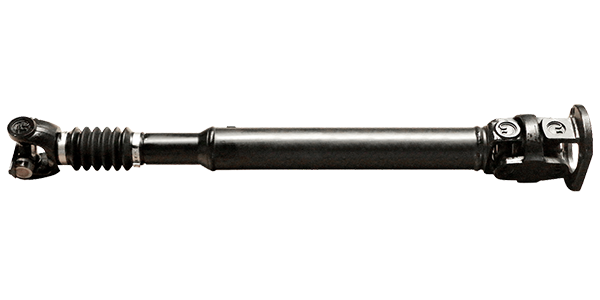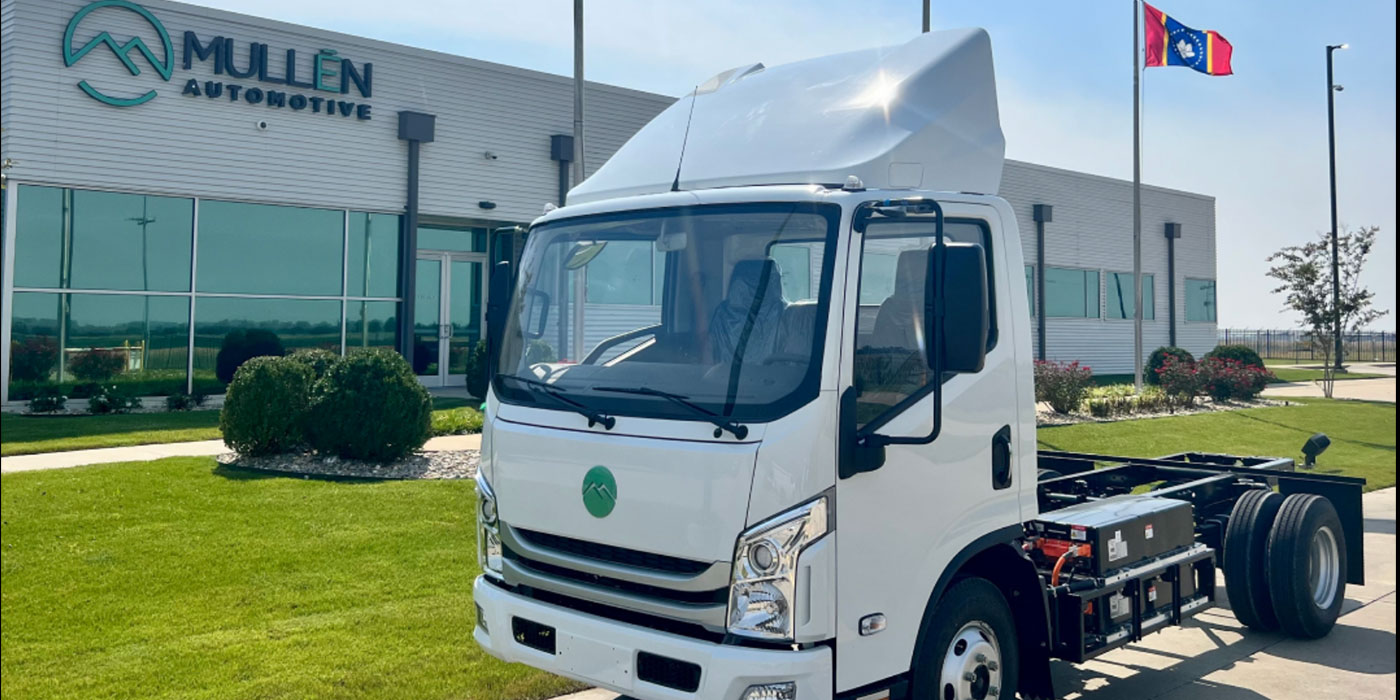By Steve LaFerre
Senior Editor
TIRE REVIEW Magazine
During a long career in the tire biz, I’ve seen a few tires that simply didn’t look right. Once upon a time, a tire company rolled out a cantilevered sidewall that looked as strange to me as it must have appeared to would-be tire buyers. It didn’t sell.
Neither did a one-ply bias tire billed as being better than a two-ply bias tire. That was back in the pre-radial 1960s and consumers didn’t buy that line either. It reminds me of the geodesic home, which was once touted as the end-all. Build one of those now and see how fast it sells. Americans are fond of tradition and things we can readily understand and we probably won’t sacrifice that belief now or ever.
Probably the biggest design fumble in all of automotive history rests with the introduction of the Edsel. While other cars of that era had horizontal grilles, the Edsel’s was vertical, causing many jokes and downright consumer dismissal. They thought the name sounded too much like a weasel, they hated the grille and decided the car was ugly when compared to other vehicles of the day.
Thank goodness today’s tires, once considered a commodity, have jumped into the forefront of vehicle/tire/wheel design. The tire has become part and parcel to a new world of stylish, functional tread designs without placing form before function.
For racing tires, tread design is a secondary priority. The first priority is to develop a compound that offers sufficient wear for just a few hours of racing, tread design be damned – if there is one at all.
On the contrary, a street performance tire years ago did not have a different tread design for each road condition. Back then a compound with excellent wear, snow traction and good wet handling also did pretty well in dry conditions. Good enough was good enough.
It was around that period that the tire industry began using computer-simulated conditions to come up with a host of tire designs and tread compounds. One of the results born from that kind of thinking is today’s multi-compound, multi-look designs, delivering multiple performance characteristics to meet nearly all needs an everyday motorist might require.
Vredestein winter tires have become famous for their solid performance, even though they have been designed by the house of Giugaro. Nothing wrong about having tires that work and look good doing it. Important to note here is while tires are part of the overall design of the vehicle to which they are fitted, tread compounds have advanced to new heights.
Compounding Evolution
Starting in the mid-1980s it was generally thought by tire compounders that a line of tires needed by most tire buyers should consist of a polymer system, the backbone for all rubber compounds. Much of that thinking is still in place today.
Tire compounders now, as then, believe a tire should be comprised of natural rubbers, synthetic rubbers, or a blend of the two. Carbon black was, and still is, specially made to a wide variety of specifications or types. When added to the polymer system it reinforces the compound.
Depending on the type used, carbon black will greatly affect abrasion resistance (treadwear), heat generation and traction characteristics of a compound.
Plasticizers, such as oils and resins, are used to improve compound processing and reduce compound hardness. This softener, plus carbon black, is known as the loading of a compound. In general, the higher the loading level of a compound, the better its traction.
Age resistors are used to give the compound protection against oxidation and ozone attack. Just as steel will rust if not protected, compounds need protection against atmospheric oxidation and ozone attack or they will crack.
The cure system ties the whole package together. Sulfur is used to chemically crosslink the polymer, turning it from a soft unusable material to a pliable elastic rubber. The final product is a tread compound that has gone through months or years of development and testing in order to minimize performance tradeoffs.
In modern times we have seen tire companies develop a tire for virtually every season in the year. “Too expensive,” said the buying public. Those tiremakers backed off that idea and turned instead to working harder on summer and winter tires (don’t call them snow tires).
Most of your customers think the main difference between summer or all-season tires and pure winter tires is the tread pattern, but again one of the most important differences is in the tread compound. The key for tread designers and compounders in all cases is to achieve good wet performance while keeping as much rubber on the road as possible during warm weather months.
Although tread compounds have improved through the years, compromise remains the order of the day. One more recent innovation is the increased use of silica as a partial replacement for carbon black. Silica creates an ideal tread for wet and cold weather applications, while maintaining much of the treadwear characteristics afforded by traditional carbon black.
For winter tires to be effective in snow and ice conditions, they generally need tread designs with smaller, more flexible tread elements with lots of biting edges – far more than found on summer tires. When the tread engineer adds kerfs (or sipes) to each tread block, the result is more biting edges for greater snow traction when driving on soft surfaces. Tread depth for winter tires is generally enough so the biting edges can sink into the surface for even greater traction, but not so much as to create unwanted road noise.
Summer tread designs call for good tread element stability. The goal is to reduce the deflection, or squirm, of each tread element. If a tread element deflects excessively, it will not maintain proper surface contact and will lose much of its frictional or road-hold capability. Even shaving tires for your motorsport customers will increase block stability.
Block stability, then, becomes a very important tread design objective. Larger blocks or continuous ribs improve stability while block shapes and arrangements are important because certain patterns tend to deflect more than others.
If a tread design doesn’t have enough grooves and channels, or if the grooves and channels are not large enough, water can lift part of the tire’s footprint up and off the road surface, something tread designers call viscoplaning.
To combat this condition, tread designers and compounders build in plenty of sipes to help break the surface tension of the water. Once this occurs, the footprint can come into contact with the road, flushing the water from beneath via circumferential grooves and lateral shoulder grooves so the rubber compound can do its work.
Where Are We Today?
Although tread designs and compounds have improved dramatically over the years, compromises still exist. Compounds made for extreme cold become soft when hot, resulting in sluggish handling and rapid wear.
At the same time, those made for high stress and heat tend to become stiff when cold, resulting in lower levels of traction. In parts of the country where extreme temperatures do not occur, an all-season tire works just fine, but motorists in the northern and mountain states would do well to change to winter tires for the snow season.
We must also consider winter tread designs with extra silica and carbon black for better cold weather driving capabilities, resulting in remarkable tires. The search never ends for better traction whether cold, slushy, wet or dry.
But no one has come up with the ultimate tire – one that delivers top level traction in all conditions (hot or cold, wet or dry), braking, handling, road noise, long treadwear and (most importantly these days) the lowest possible rolling resistance. That simple fact is why so many experts feel legislation to mandate tire fuel efficiency will lead to serious consumer dissatisfaction – and, potentially, other more dramatic problems – with their higher mpg tires.
Certainly there is much more to a tire’s ability to perform than its physical appearance. Understanding what you see is only the beginning of knowing how and why a tread design really works. And it will help you better explain life-saving performance benefits to your customers.











